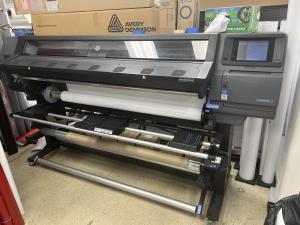The future of digital signage is here
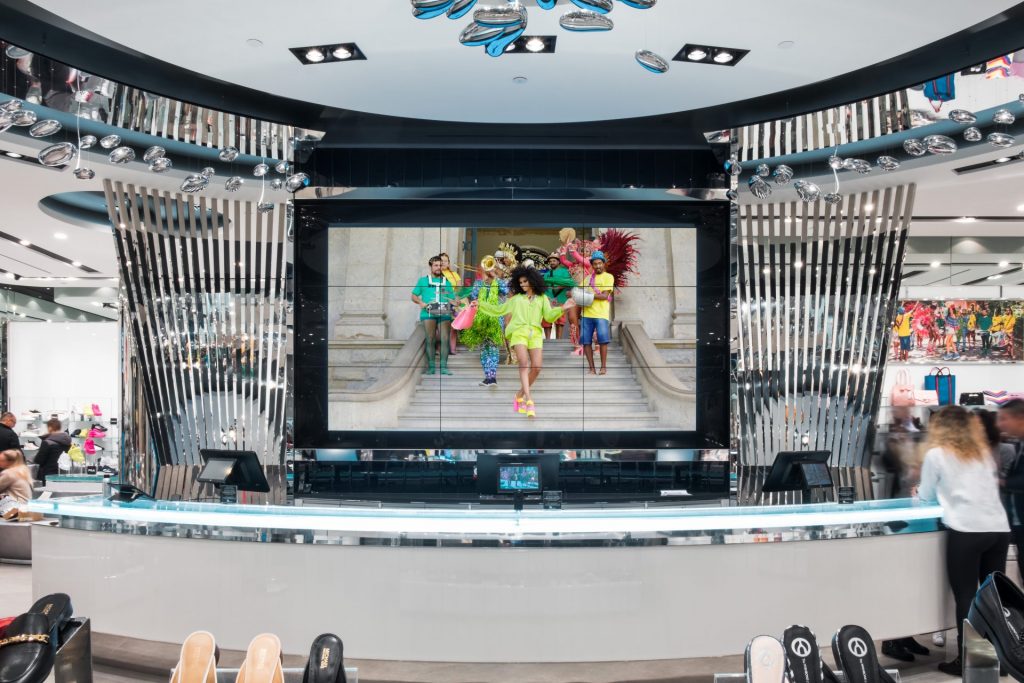
In today’s fast-paced world, digital signage is everywhere—hospitals, schools, shopping malls, and corporate offices. Because of its dynamic nature and engaging audience communication capabilities, it is quickly becoming essential for businesses across various industries.
This article will explore the different kinds of digital signage offerings available for businesses, why this medium is the way forward for marketers, and the future trends we can expect.
What is it?
Digital signage is any electronic display showing information, advertisements, or interactive content. It can range from a single screen in a store window to a network of screens across an entire city or region. The content displayed can vary widely, from static images and videos to complex multimedia elements like animations and live feeds. Information may also be presented interactively using touchscreens.
As technology evolves, we see more innovative features transforming how we communicate and interact with information. Digital signage has moved far beyond static ads; it is an integral part of our daily experiences, engaging us in creative and meaningful ways.
Why is it growing?
It has become clear that digital signage isn’t just another passing trend—it’s a rapidly growing solution for businesses everywhere. Here’s why:
- Cutting-edge technology: Today’s digital signage solutions feature high-resolution LED screens, interactive touchpoints, AI-driven personalization, gesture-controlled displays, and even holograms. These technologies make digital signage more engaging than ever before.
- Cloud-based content management: A modern Content Management System (CMS) makes it easier than ever for businesses to manage and update digital signage content. Cloud-based CMS platforms allow businesses to update content in real-time across multiple locations, ensuring messaging remains fresh and relevant no matter where it is displayed.
- Versatility and engagement: Digital signage supports various content types, from promotional videos and live social media feeds to real-time news updates and interactive wayfinding solutions. This versatility makes it the perfect tool for capturing attention and keeping audiences engaged, whether walking through a mall, waiting at an airport, or attending an event.

Digital signage has moved far beyond static ads; it is an integral part of our daily experiences, engaging us in creative and meaningful ways.
Key technologies
Yet, with so many technologies available, how can you zero in on the one that fits your needs? Several prominent digital signage technologies are shaping the future of communication and engagement. Here, we break down some of the top technologies driving this evolution:
LED screens
Digital displays that use light-emitting diodes (LEDs) to produce bright, high-resolution visuals.
Why they are great: LED screens are energy-efficient, long-lasting, and scalable for indoor and outdoor applications. They can produce stunning visual clarity, even in direct sunlight.
Use cases: LED screens are commonly used in billboards, sports arenas, retail stores, and corporate events.
Transparent LED screens
LED displays that maintain transparency while still displaying high-quality content.
Why they are great: Transparent LED screens provide a modern, futuristic look and blend seamlessly into their surroundings, allowing light to pass through while still showcasing dynamic content.
Use cases: Storefronts, museums, corporate offices, and airports.
Donor walls
Digital displays that recognize and showcase donor names and contributions in a dynamic and engaging way.
Why they are great: Donor walls can be easily updated, allowing organizations to acknowledge ongoing support in real time and encourage continued contributions.
Use cases: Hospitals, universities, nonprofits, and museums.
Gratitude kiosks
Interactive stations where users can express appreciation or leave feedback in real time.
Why they are great: Gratitude kiosks foster a positive atmosphere, boost morale, and strengthen relationships by giving people a platform to show appreciation.
Use cases: Employee recognition programs, nonprofit organizations, and public spaces.
Digital wayfinding solutions
Interactive digital maps and wayfinding solutions to help users navigate large or complex spaces.
Why they are great: Digital wayfinding eliminates confusion by providing real-time directions and making it easy for visitors to find their way around unfamiliar places.
Use cases: Airports, malls, hospitals, and universities.
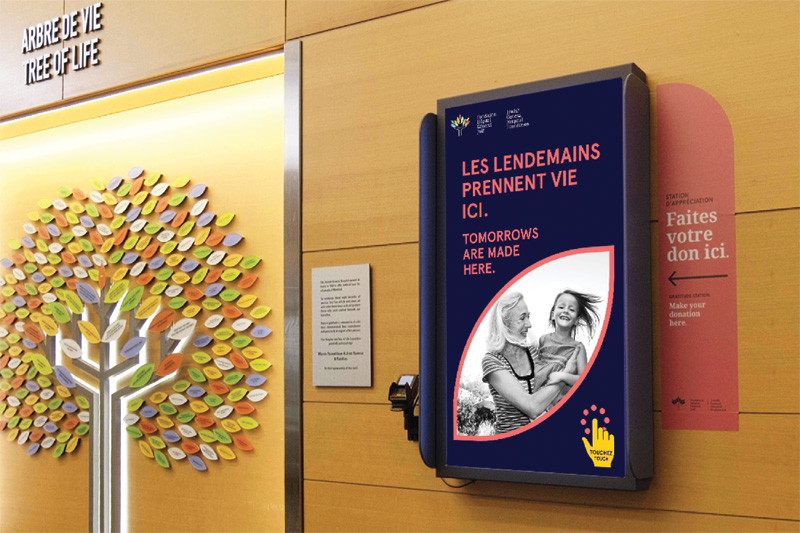
Interactive kiosks
Self-service stations with touchscreens that allow users to interact with content.
Why they are great: Interactive kiosks reduce wait times, streamline services, and increase customer engagement by allowing users to access information or complete transactions at their own pace.
Use cases: Self-checkout systems, ticketing, hotel check-ins, retail navigation, and visitor management.
AI-powered digital signage
Digital signage systems that use AI to adapt content based on real-time data, such as demographics, weather, or time of day.
Why it is great: AI-powered digital signage delivers personalized and dynamic content, providing targeted messaging that increases engagement by reaching the right audience with the right message at the right time.
Use cases: Retail ads, dynamic menu boards, interactive wayfinding, and personalized marketing campaigns.
ePoster displays
Digital displays showcase multimedia content such as images, videos, and information. Similar to e-readers, they offer high contrast and minimal power consumption.
Why they are great: These displays are eco-friendly, cost-effective, and easy to update, making them ideal for environments that require frequent content changes.
Use cases: Retail promotions, healthcare settings, academic environments, and office signage.
Holographic displays
Displays that project 3D images or videos, creating a hologram-like effect mid-air.
Why they are great: Holographic displays offer a captivating, immersive experience that grabs attention and enhances brand storytelling.
Use cases: High-end retail, trade shows, museum exhibits, and live events.
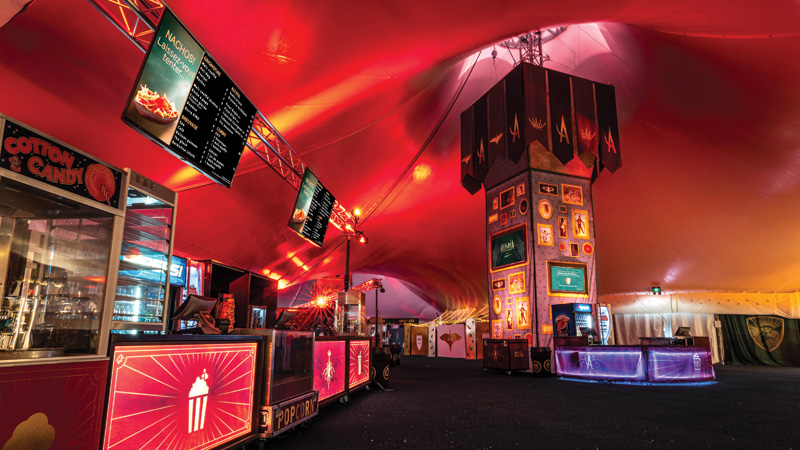
Gesture-controlled displays
Interactive screens allow users to interact with content through hand gestures, eliminating the need for physical touch.
Why they are great: They are sanitary, create an engaging, interactive experience, and are ideal for environments where touchless interaction is preferred.
Use cases: Museums, trade shows, public kiosks, and retail browsing.
Projection mapping
A technique that projects digital images or videos onto irregularly shaped surfaces, creating stunning 3D visuals.
Why it is great: Projection mapping can transform physical spaces into immersive visual experiences, creating a sense of awe and engagement.
Use cases: Concerts, theme parks, public art installations, and architectural projects.
Smart mirrors
Mirrors incorporating digital displays and interactive features, often using augmented reality (AR) to provide personalized content.
Why they are great: Smart mirrors offer sleek design and real-time interaction, perfect for delivering personalized experiences in varied settings.
Use cases: Virtual try-ons in retail, smart hotel bathrooms, fitness centres, and corporate offices.
The role of a powerful CMS
Managing digital signage across multiple screens, especially in large networks, can become overwhelming without the right tools. This is where a powerful CMS comes into play.
A CMS is essential for businesses looking to maintain an efficient digital signage network. It allows businesses to:
- Manage and schedule content: Businesses can schedule content to play simultaneously across multiple displays, ensuring that messaging is timely and relevant.
- Personalize content: Using real-time data, a CMS can help businesses tailor content to different customer segments based on location, time of day, or demographics.
- Integrate with other technologies: A robust CMS can integrate with other digital signage technologies, such as AI, sensors, and interactive features, creating a seamless experience for the business and the customer.
- Monitor and optimize performance: A CMS allows businesses to monitor performance, providing insights into content performance. It can help identify and address issues before they become problems, ensuring a smooth operation.
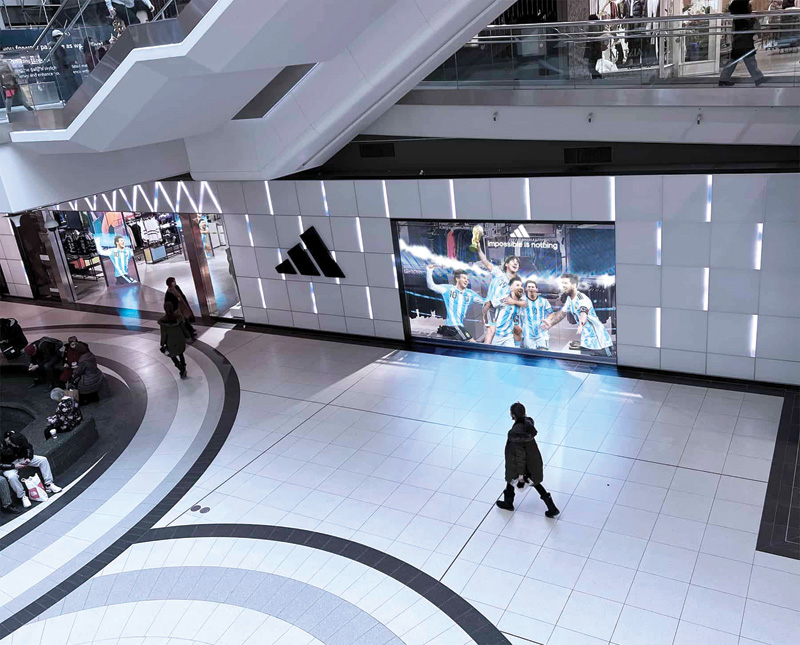
A powerful CMS ensures that digital signage networks run efficiently, and that content is always fresh, engaging, and relevant, regardless of location or time.
What the future holds
As digital signage continues to evolve, the future is looking bright. Here are some key trends to watch for in the coming years:
- AI and machine learning (ML): AI will allow digital signage to adapt content in real time based on customer behaviour, location, and other data. This will lead to even more personalized and relevant experiences for audiences.
- 5G connectivity: With the rollout of 5G networks, digital signage will deliver faster, more reliable content, allowing for even higher-quality and more interactive displays.
- AR and VR: AR and virtual reality (VR) technologies will change how people interact with digital signage, creating more immersive and interactive experiences.
- Sustainability: The industry will continue to focus on energy-efficient solutions like low-power displays and eco-friendly materials.
- Internet of Things (IoT) integration: As more devices become connected, digital signage will respond dynamically to customer behaviour, creating smarter, more personalized experiences.
- More immersive experiences: Technologies like holograms and 3D displays will continue to evolve, providing businesses with new ways to create memorable customer experiences.
Final thoughts
Digital signage is transforming the way businesses communicate with their audiences. However, technology alone isn’t enough. A strong CMS is essential for businesses to streamline operations, manage multiple displays, and deliver personalized, real-time content. By using an effective CMS, companies can optimize their digital signage investments, craft engaging customer experiences, and stay ahead of the curve in an ever-changing digital landscape. The future of digital signage is here.
Managing digital signage across multiple screens, especially in large networks, can become overwhelming without the right tools. This is where a powerful CMS comes into play.
Digital signage has moved far beyond static ads; it is an integral part of our daily experiences, engaging us in creative and meaningful ways.
Elisia Ciancio is the marketing communications manager at iGotcha Media, an award-winning multidisciplinary digital experience agency based in Montreal and Toronto. With a strong foundation in communication strategy, she specializes in developing and implementing effective marketing plans. Ciancio brings hands-on experience in content creation, media relations, event planning, social media management, and overseeing the design and production of marketing collateral. Her collaborative approach and attention to detail make her a key player in delivering impactful campaigns across multiple platforms. For more information, visit https://www.igotchamedia.com/solutions/digital-signage.

